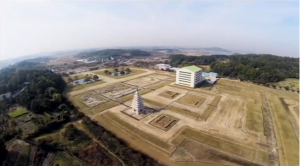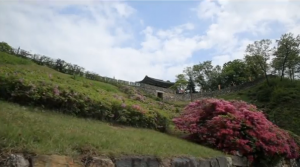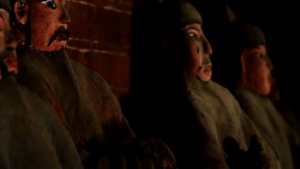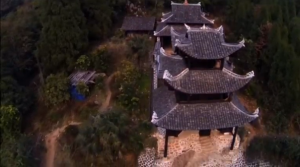 JULY 4 (Reuters) — UNESCO’s World Heritage Committee on Saturday (June 4) approved the Baekje Historic Areas and Tusi sites in China as a World Heritage Sites.
JULY 4 (Reuters) — UNESCO’s World Heritage Committee on Saturday (June 4) approved the Baekje Historic Areas and Tusi sites in China as a World Heritage Sites.
The South Korean sites include eight archaeological places which hold a royal palace, administrative buildings and royal tombs in Gongju, Buyeo and Iksan, cities about 200km (125 miles) south of capital, Seoul, South Korea’s Cultural Heritage Administration said.
“Baekje established ties with China, Japan and even with the countries in East Asia across the sea. Thus, Baekje Kingdom enjoyed a most glamorous and superior culture. And now it can be shared with the world and be recognized internationally,” said Rha Sun-hwa, Administrator at South Korean Cultural Heritage Administration, after the UNESCO meeting in Bonn, Germany.
The Baekje Kingdom is one of the three earliest kingdoms on the Korean peninsula and founded in 18 B.C., according to the UNESCO website. 
This brings the total number of South Korea items on the UNESCO World Heritage List to 12, including the Changdeokgung palace complex, Jeju volcanic island, the South Korean Foreign Ministry said.
In China, UNESCO added Tusi sites to the World Heritage List. “Tusi” refers to the name of the local tribal chieftains who were appointed by Chinese emperors to govern ethnic minorities in the surrounding regions, state-run news agency Xinhua said.
 The sites include Tangya City in central Hubei province, Yongshun city of central Hunan province, and Hailongtun Castle of south-western Guizhou province, Xinhua said.
The sites include Tangya City in central Hubei province, Yongshun city of central Hunan province, and Hailongtun Castle of south-western Guizhou province, Xinhua said.
While Tangya and Yongshun each date from 400 to 600 years old, Hailongtun Castle was constructed around 1257 AD, Xinhua said.







